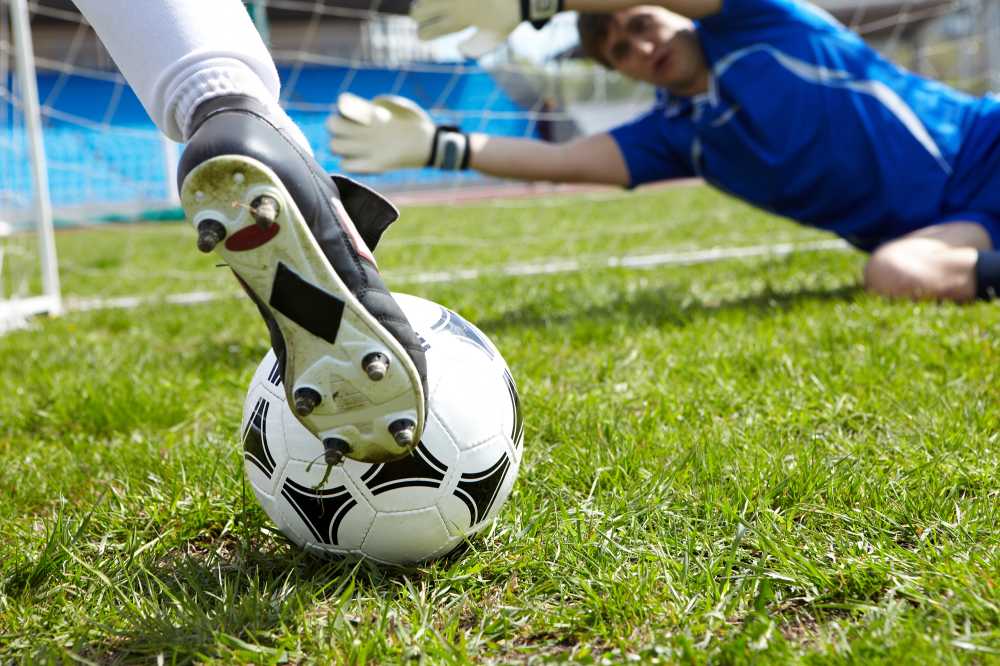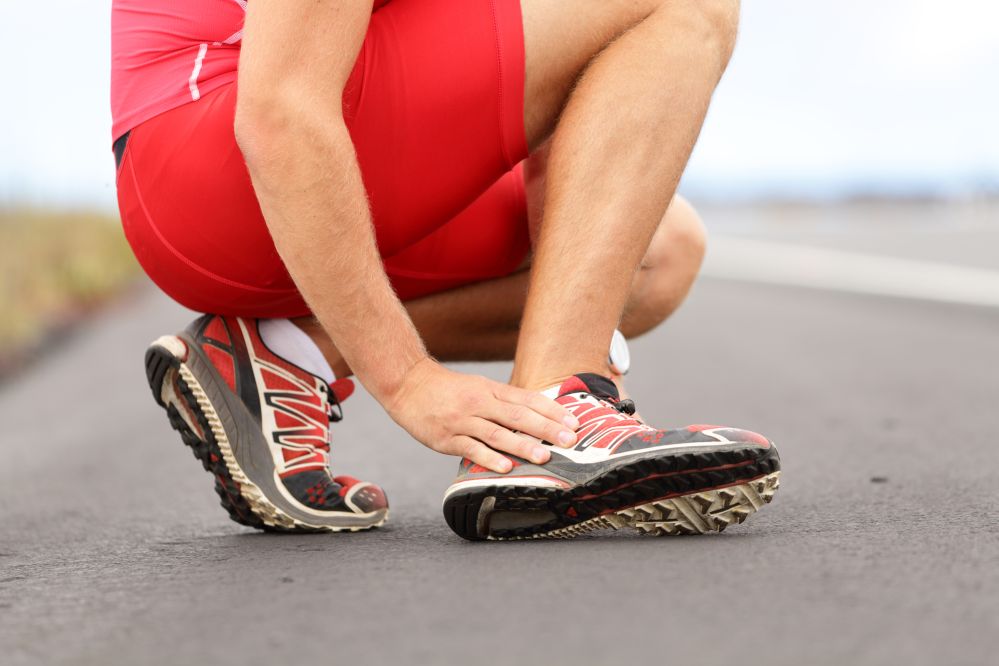Back pain is a very common musculoskeletal complaint that physiotherapists treat. There are a wide range of contributing factors that may lead to back pain including, muscle weakness, decreased flexibility and excess bodyweight etc. These factors may also be influenced greatly by certain lifestyle factors such as stress, diet, smoking/vaping, alcohol consumption, employment, physical activity levels, etc.
Consequently, bulging discs are one of the most common findings for patients that have presented with low back pain and have had a scan (MRI or CT scan). We can understand that receiving these scan results can be quite scary and leave you feeling uncertain about your recovery.
Below is a guide and explanation to provide you with the knowledge of what a disc bulge means and the most safe and appropriate path to fast and sustainable recovery.
What is a spinal disc?
Your spine is made up of 33 vertebrae and is divided into 5 regions, cervical, thoracic, lumbar, sacrum and coccyx. Cervical, thoracic and lumbar are the only regions that comprise of spinal discs in between each vertebra.
The purpose of these intervertebral discs (IVD) are to make the spine flexible without you having to use a great deal of strength. The discs assist with forward, side and backward bending along with some rotatory movements. Your discs are strong and flexible and allow movement in three-dimensions.
Analogy:
Imagine your discs are like balloons. If one end of the balloon is squeezed, the other end of the balloon will enlarge (bulge). This illustrates how a disc works in the spine because if you were to bend down, your disc will compress at the front causing the other end to balloon out. So depending on the position of the spine, your disc will change shape and bulge in various directions. This does not necessarily mean that you have a major back issue.

What is a bulging disc?
A bulging disc is when the fluid inside a disc pushes out of its alignment within the spine. Pain may or may not be associated with a disc bulge. Typically, the greater the irritation caused by the disc, the more your pain may increase.
Who can help me with my back injury?
At Physio Physique, we look at treatment in a 4-step process.
Step 1 – Reduce Pain: We focus on settling down your pain quickly with effective hands-on treatment, dry needling, cupping, deep tissue massage etc.
Step 2 – Regain Flexibility: The muscles around your back will likely tighten and spasm to try and “protect” the area, however this restricts your mobility and can cause you additional pain. We prescribe specific and targeted mobility exercises to help you regain flexibility and range of motion so you can move better.
Step 3 – Regain Strength: Your core is an essential area that will protect your spine, and needs to be strengthened. Our physiotherapists will guide you with core strengthening exercises in our onsite gym.
Step 4 – Restore Confidence: Many people develop fear of movement after a back injury, especially if the pain was severe. Our physiotherapists will help you regain confidence by breaking down various activities into simple steps and introduce the load gradually. This will allow for improved function, improved confidence and reduces the risk of aggravations in the future.
Holistic and Specific Low Back Pain Treatment
Everybody is unique and different factors contribute to their back condition. We assess your biomechanics and functional deficits to determine individualised and specific management strategies to help you recover quickly from your back injury.
For more information about back pain and how physio can help, click here





